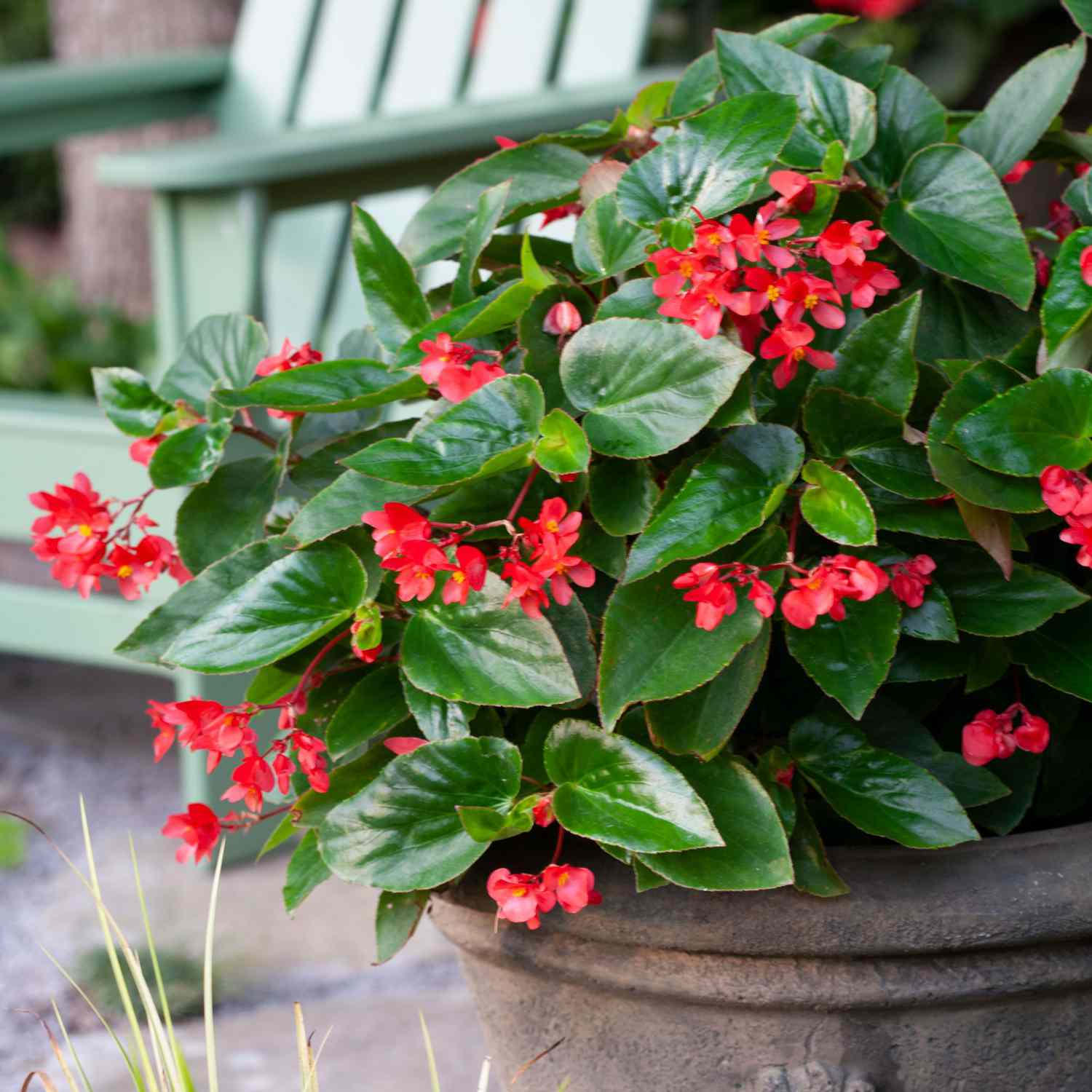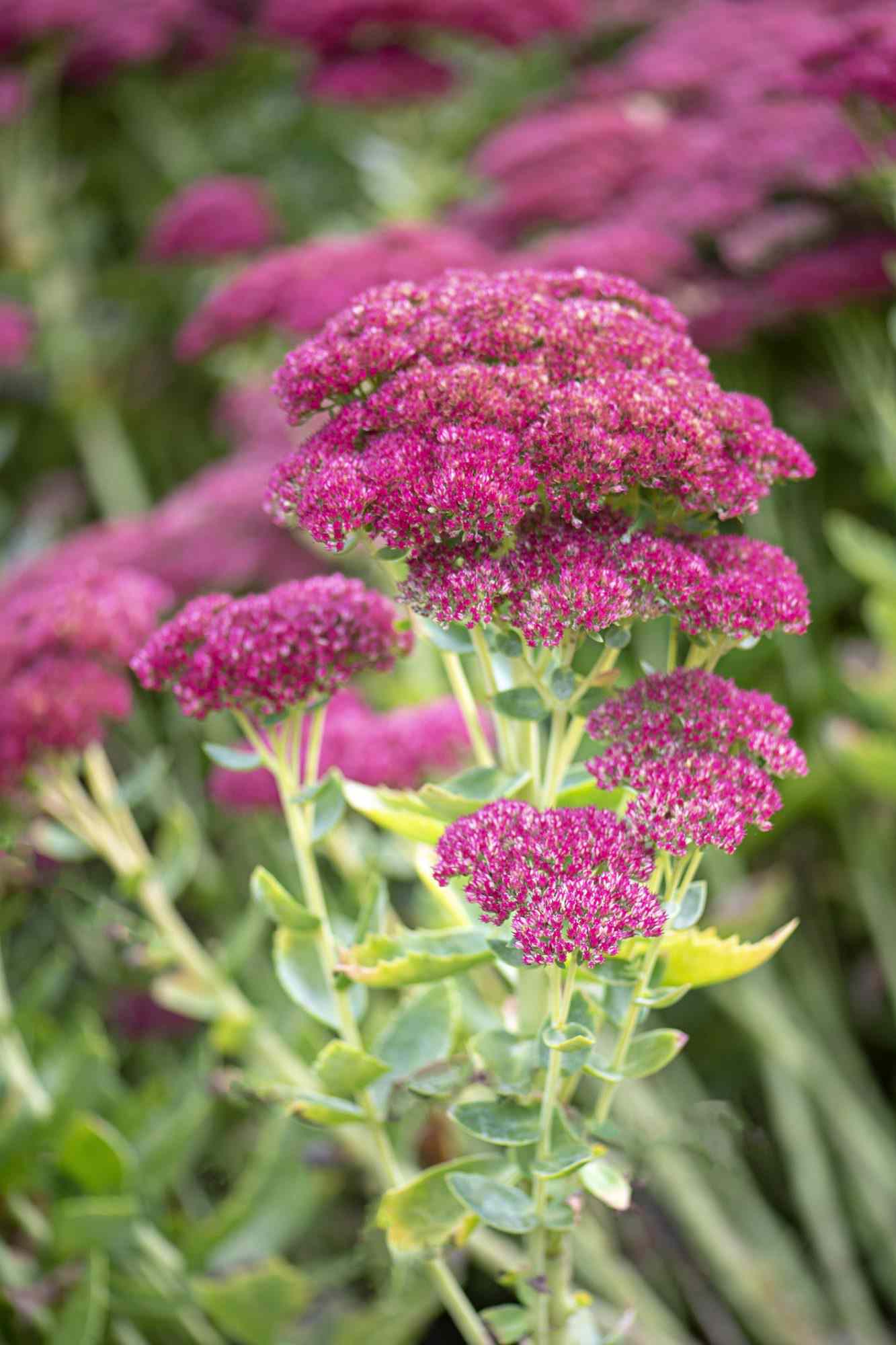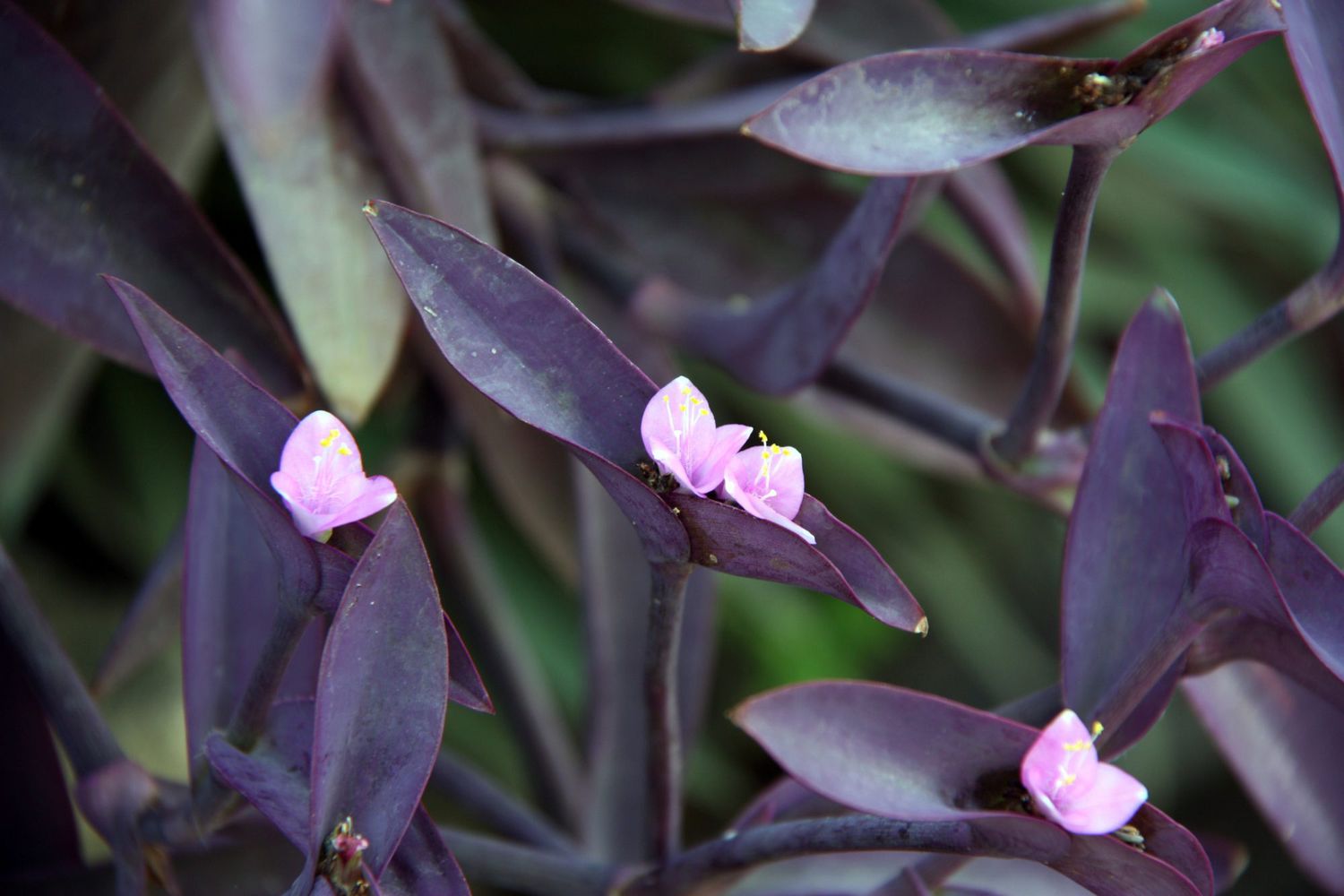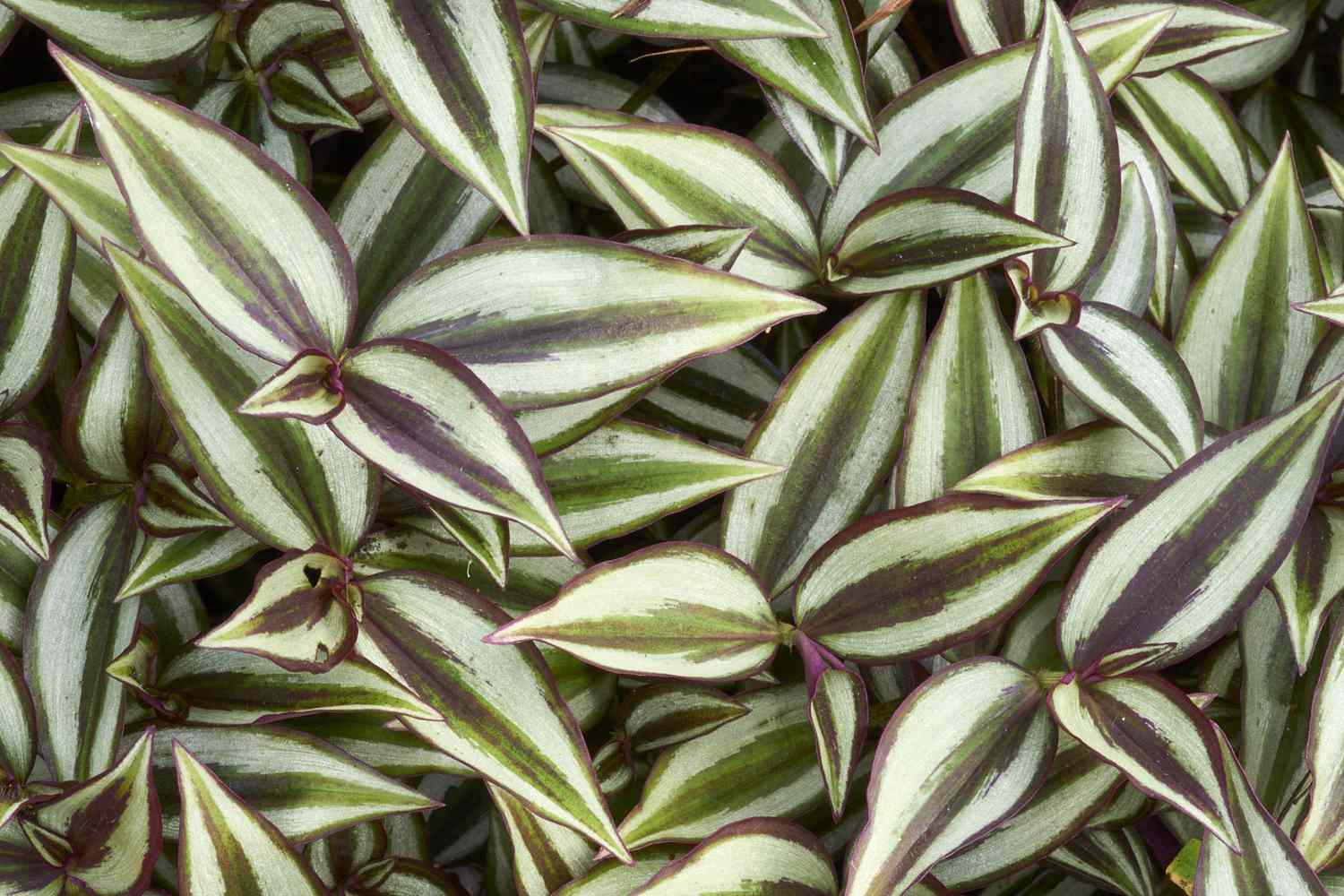Maybe you have a special plant in your garden you’re not sure you can find in a garden center again. Then again, maybe you’re just cheap and don’t like buying the same plant twice. No matter which, there’s an easy way to save a tender plant from a killing frost so you can enjoy it again next year: Root a cutting in water.
Here’s a list of easy-to-root plants that either won’t take frost or may not be winter-hardy where you live, along with a cold-hardiness rating. Once you decide which of your plants to bring indoors, follow these guidelines to give yourself the best chance at success:
- Take tip cuttings about 4 to 6 inches long. The cuttings should not have flowers. Cut just below a node (the point where leaves join the stem).
- Place the cuttings in a glass of water. Strip off all leaves that will be below the water line. If you don’t, they’ll rot and murk up the water.
- Do not add fertilizer to the water. Doing so promotes the growth of algae and, besides, you’re working for root growth, not leaf growth.
- Place the glass in bright indirect light, but not hot sun.
- If the water starts to smell or become unclear, change it immediately.
- Some cuttings root quickly. Some take more time, so be patient. Cuttings can stay in the glass of water all winter if you want. However, you can choose to plant cuttings that develop large root systems in pots filled with potting soil. They’ll get off to a quicker start when you plant them back outside in spring.
- Always take more cuttings than you think you’ll need because some won’t make it.
Coleus

- Botanical Name: Solenostemon scutellarioides
- Hardiness Rating: USDA Zones 10–11
Coleus and basil (see below) are probably the least cold-hardy plants listed here. The slightest kiss of frost sends them to the Great Beyond. So don’t wait long to take your cuttings. Coleus comes in a zillion different forms and colors, so if one really strikes your fancy, root it to make sure you have it next year.
Basil

- Botanical Name: Ocimum basilicum
- Hardiness Rating: USDA Zone 10
Basil is my favorite tender herb because it’s so easy to grow and I can’t imagine not having fresh basil available for my pasta sauce. Don’t take too many leaves in winter, though, because denuded cuttings growing in water will go belly-up. It’s better to harvest from bigger plants growing in a pot with soil.
Impatiens

- Botanical Name: Impatiens walleriana
- Hardiness Rating: USDA Zones 10–11
Impatiens are nice plants to enjoy indoors, because they’ll bloom in winter if placed in a bright window. Flowers come in just about every color but blue. If they start to grow leggy, pinch back stems and you’ll be rewarded with more blooms.
Begonias

- Botanical Name: Begonia spp.
- Hardiness Rating: USDA Zones 10–11, some kinds are hardier
Root begonias in small glasses to concentrate the rooting hormone that the cuttings produce. Your best bet at getting winter flowers comes from rooting cuttings of two popular bedding plants, waxleaf begonia and dragonwing begonia. But don’t overlook the ones known as cane begonias and angelwing begonias. These begonia types feature woody stems with handsome, dramatic foliage that’s often spotted. Showy flowers will appear when the plants are either moved outside after the last spring frost or kept indoors in a brightly lit room.
Angel’s Trumpet

- Botanical Name: Brugmansia spp.
- Hardiness Rating: USDA Zones 8–10
People call two different groups of plants «angel’s trumpet.» The one whose flowers stand up straight are Datura. The ones whose flowers hang down are Brugmansia. The latter flaunts huge flowers of yellow, peach, orange, pink, or white. It grows into a woody shrub that dies to the ground in winter in Zone 8 and is fully hardy in Zones 9–10.
Croton

- Botanical Name: Codiaeum variegatum pictum
- Hardiness Rating: USDA Zones 11–12
Take my word for it: No evergreen shrub possesses gaudier leaves than croton. The foliage marries colors of yellow, orange, red, pink, burgundy, and green often on a single plant. I grow one in a pot I bring inside to a bright, heated garage for winter. If you lack the will or room for that, root a stem cutting in water. Avoid the milky sap, as it can irritate the skin. Some people root a single leaf in water. That’s fine, but if the leaf isn’t attached to a piece of stem, it’ll remain just a rooted leaf that doesn’t grow any further.
Rosemary

- Botanical Name: Salvia rosmarinus
- Hardiness Rating: USDA Zones 7–10
Rosemary is my favorite all-around herb because it’s evergreen, fragrant, hardy in my Alabama garden, and I use it all the time in cooking. If it isn’t hardy where you are, root cuttings. Planning on cooking with it over winter? As with basil, stripping a plant nekkid will probably kill it, so don’t be greedy. Treat it like rooted basil.
Sedum And Stonecrop

- Botanical Name: Sedum spp., Hylotelephium spp.
- Hardiness Rating: USDA Zones 3–10
Just about any kind of sedum or stonecrop can be rooted in water. Heck, cuttings will root if you stick them in moist soil too. Because sedums are cold-hardy most everywhere south of Saskatoon, the reason for rooting these succulents over winter is just to get more plants without paying.
Purple Heart

- Botanical Name: Tradescantia pallida «Purple Heart»
- Hardiness Rating: USDA Zones 7–11
If you like deep purple, you’re going to love «Purple Heart.» Its spear-shaped leaves are the darkest purple of any plant I know. Cuttings root easily in water or soil. Plant it in sweeps in the garden or enjoy it as a houseplant.
Inch Plant

- Botanical Name: Tradescantia zebrina
- Hardiness Rating: USDA 8–12
Also known as wandering dude, inch plant makes an attractive evergreen ground cover in frost-free areas, most people grow it in hanging baskets. Its sprawling stems bear purple leaves with longitudinal silver stripes. Few plants root as easily in water or soil. It’s related to «Purple Heart,» but is not quite as cold-hardy.